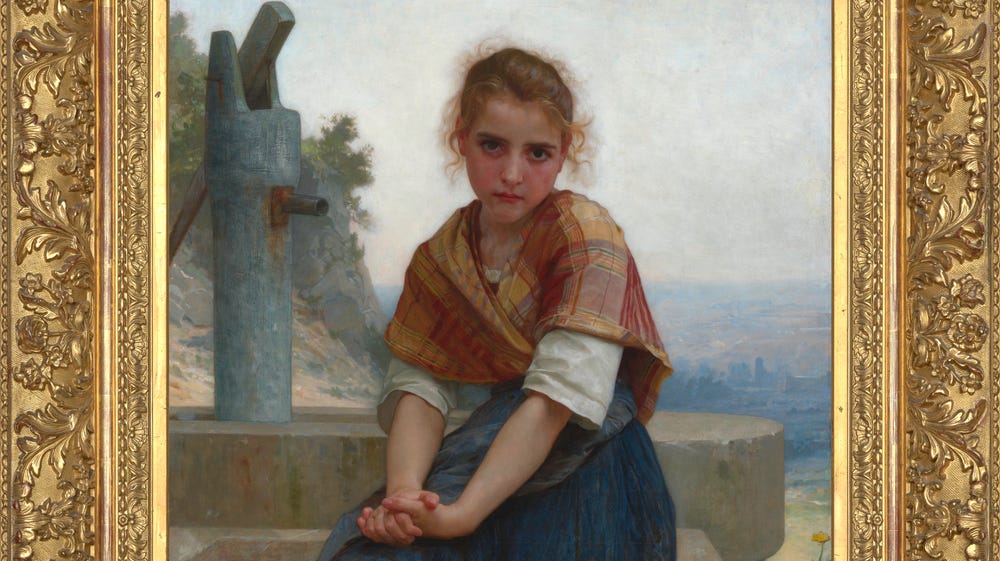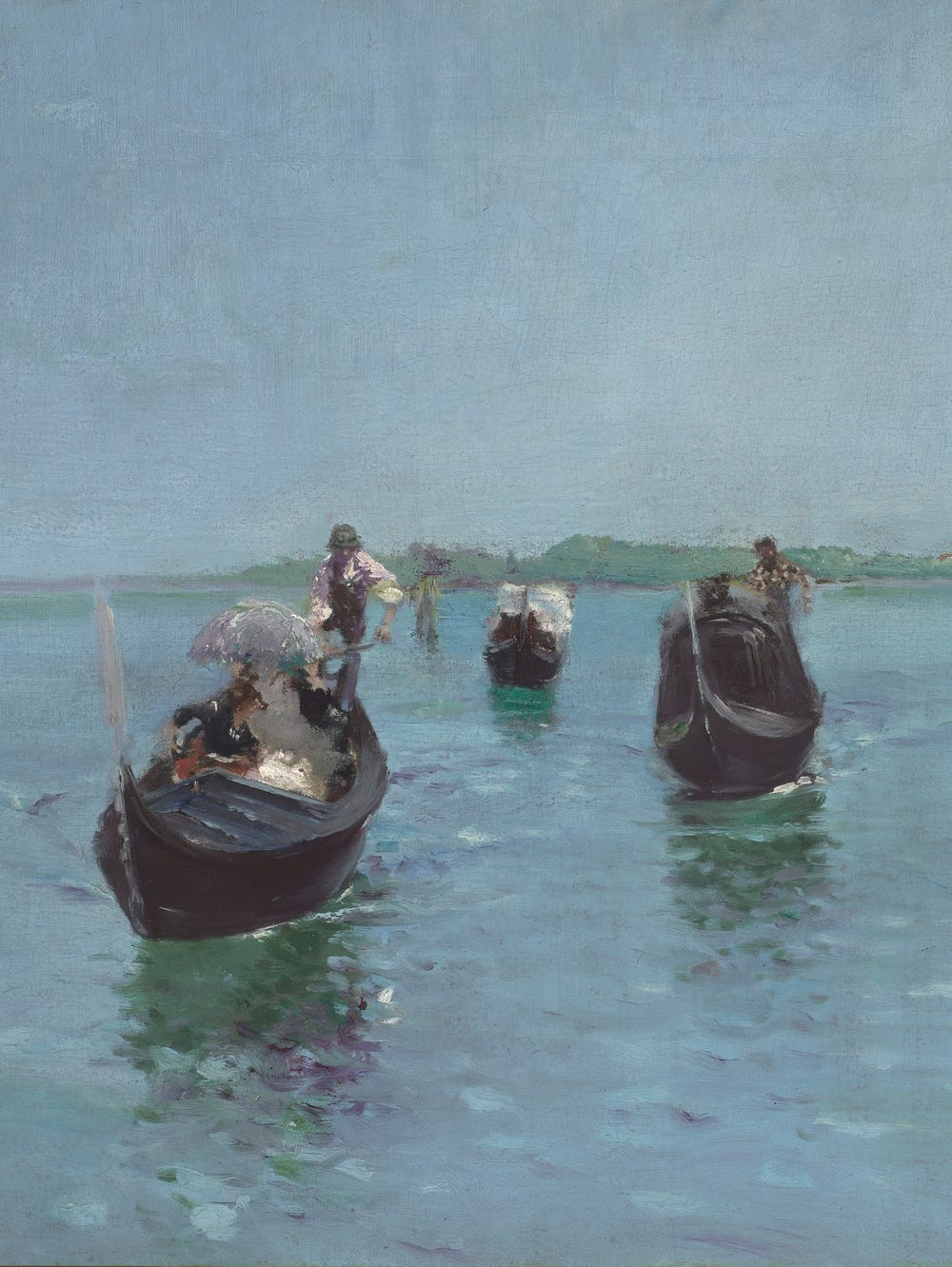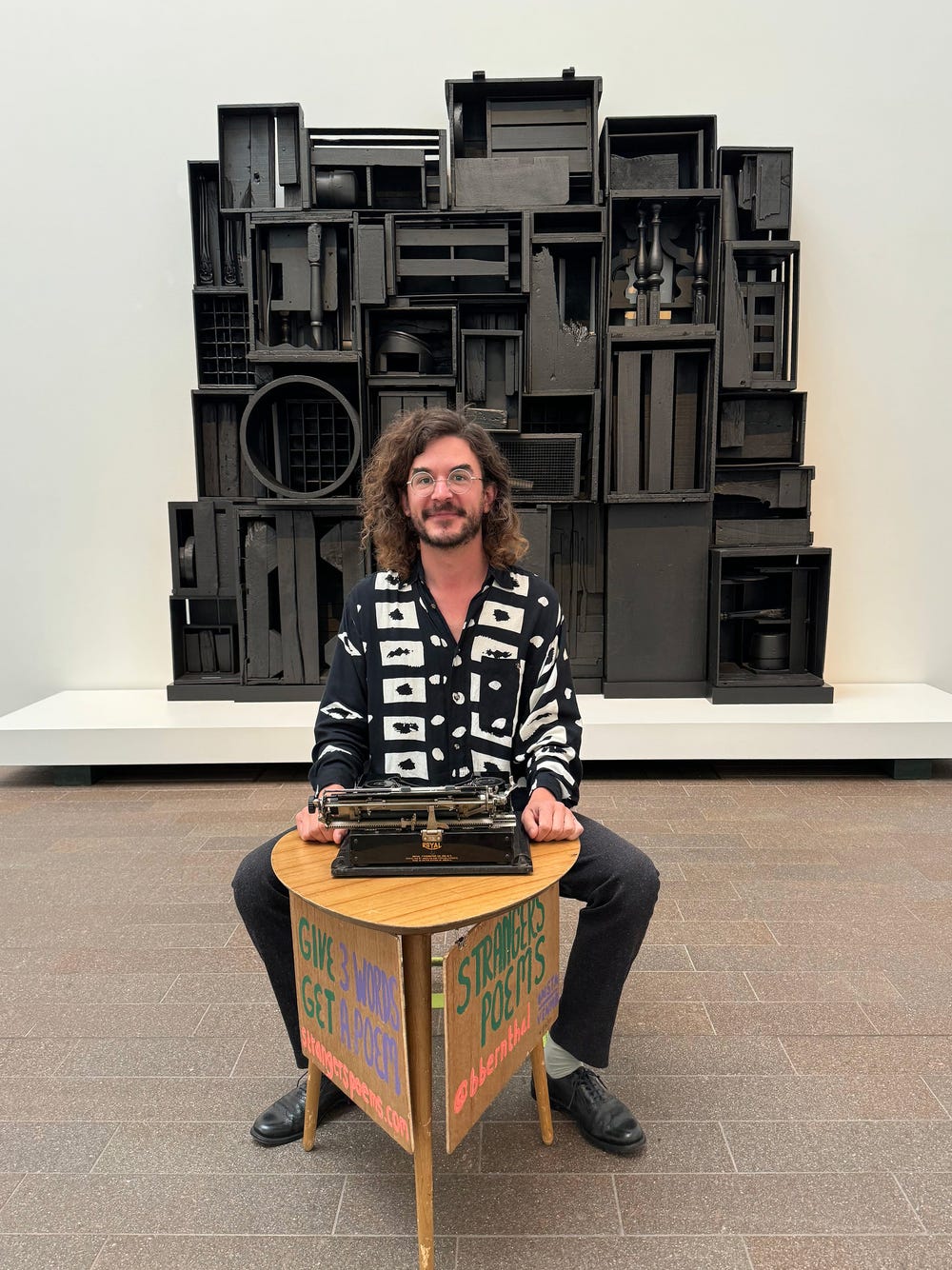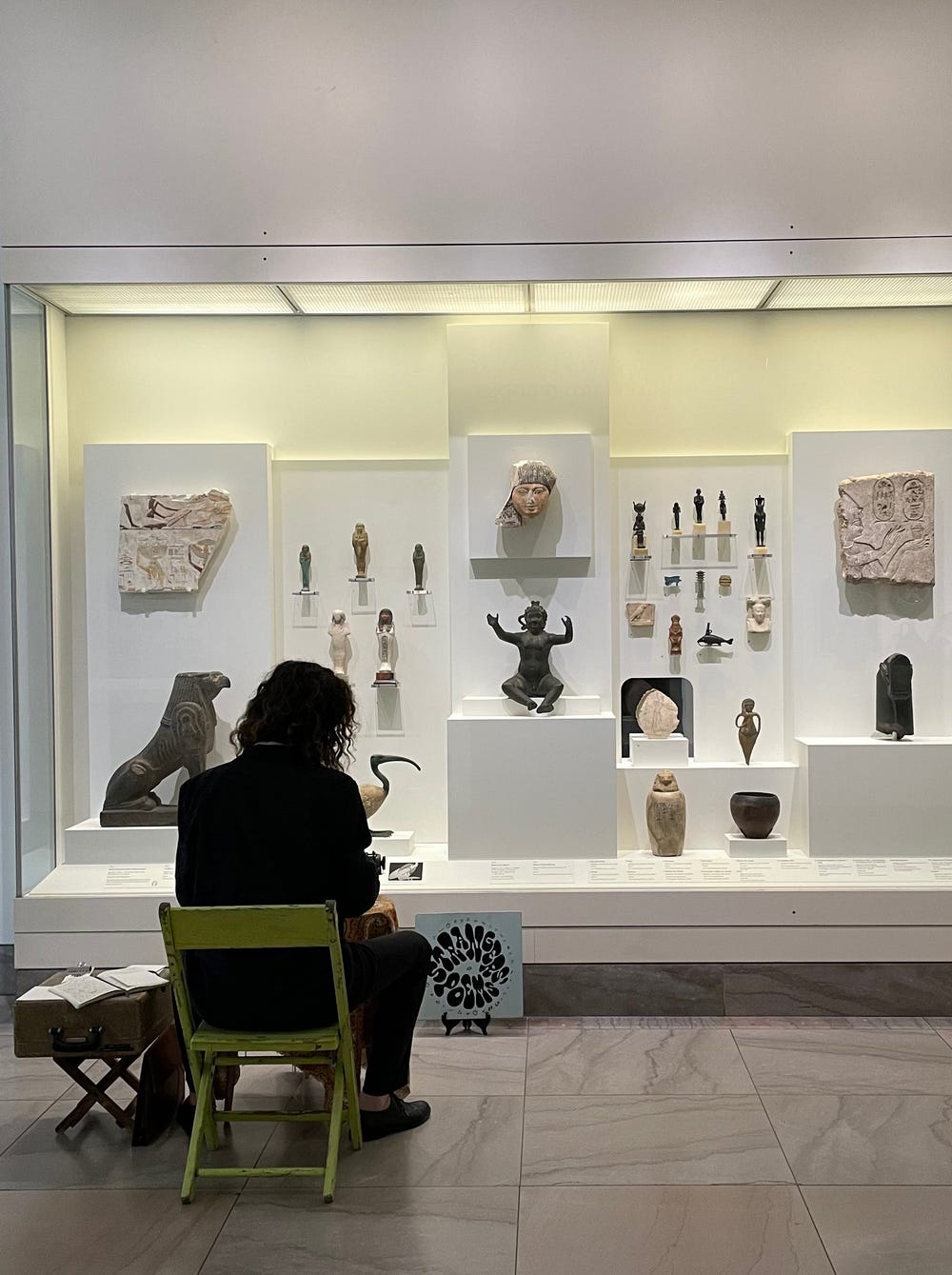William-Adolphe Bouguereau, The Broken Pitcher (detail), 1891. Oil on canvas, 53 x 33 in. (134.6 x 83.8 cm). Fine Arts Museums of San Francisco, Bequest of M.H. de Young, 53162
Spanning from the Renaissance to the 20th century, Spring 2021 continues the close comparison of mood and affect as portrayed by painters and contemporaneous musicians. The majestic Spreckels organ unleashes its full power with composer Olivier Messiaen’s Apparition de l’église éternelle, paired with photographs of the 1906 San Francisco earthquake. Johann Sebastian Bach’s mastery is paired with the artwork of Peter Paul Rubens; and 19th-century French piety comes to the fore with the artist William-Adolphe Bouguereau and composer Léon Boëllmann. Explore the unique sights and sounds of the Legion of Honor museum.
Track 1: Introducing Spring Season: Pictures at an Exhibition
Track 2: Giants of the Baroque: Rubens and Bach
Both Johann Sebastian Bach and Peter Paul Rubens were highly respected in their time and are beloved in ours. Bach’s Fugue in G minor is one of his noblest organ fugues. The massive work demonstrates a brilliant technical prowess, engaging the listener with endless complexity and enjoyment. Likewise, the viewer is captivated by the figures of Jesus and the Pharisees in Rubens’s The Tribute Money (ca. 1610 – 1615). The Bach fugue is based on a Dutch folk song, “Ik ben gegroet van,” as its subject and Rubens’s expert craftsmanship is at a pinnacle in this much-admired painting.
Track 3: Prayer and Piety
It is unlikely that Johann Sebastian Bach ever heard his Mass in B minor performed. The Agnus Dei movement from this grand masterpiece is one of the most poignant moments in the nearly two-hour work. Why compose it if it wouldn’t be performed? For Bach’s own personal prayer life. The Mass in B minor is the composer’s personal statement of piety. Likewise, the Franco Buselli House Altar Containing a Scene of the Crucifixion of the same era is an example of exceptional artistry poured into a work that just one person would have enjoyed, prayed over, and found inspiring. This is a lesson in contemplation for the sake of the soul.
Track 4: Seeking Pardon
What does one do when one has broken the family water jar? Pray (not to be punished). And in Catholic France, one likely prays to the Virgin Mary. Léon Boëllmann, in his Prière à Notre Dame, (“Prayer to our Lady”) elegantly conveys this simple affect in melody. William-Adolphe Bouguereau, in his painting from the same decade, The Broken Pitcher (1891), pulls the viewer into the heart-wrenching humanity of the girl in the painting. Through Bouguereau’s unparalleled skill at depicting human skin, we see the face of an angel as our heart is elevated through Boëllmann’s sweet song.
Track 5: The Boundary between Fear and Awe
The singular event that would thereafter define San Francisco is the earthquake of 1906. Perched on the collision point of two massive plates (the American and Pacific), citizens live with the paradox of spectacular beauty and potential for unimaginable destruction. Olivier Messiaen, born two years after the great quake, wrote his iconic piece, Apparition of the Eternal Church, at the age of 24 (1932) to depict the cosmos in music. His inspiration was the recurring ocean waves, the Earth’s heartbeat of sorts, at Mont Saint-Michel in France. The music seems to open up the entire cosmic order as it unfolds.
Track 6: Tears of Sorrow
One of the remarkable features of Ambrosius Benson’s The Lamentation (16th century) is that he painted tears onto the face of Jesus’s mother, Mary. Melchior Schildt’s keyboard work, Paduana Lachrymae, is an adaptation of a 1596 tune by John Dowland, titled “Flow, My Tears.” Based on a simple dance form called the pavanne, the music evokes a sense of longing, compassion, and sorrow.



